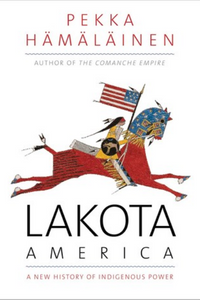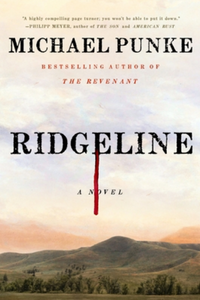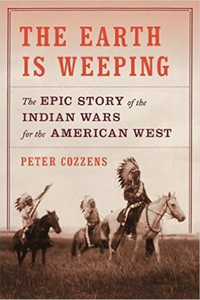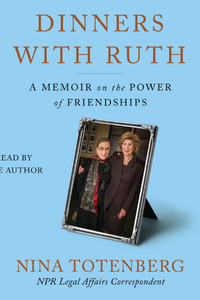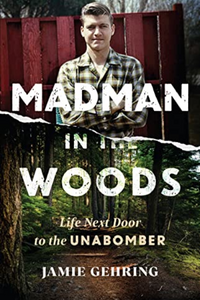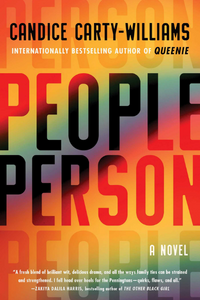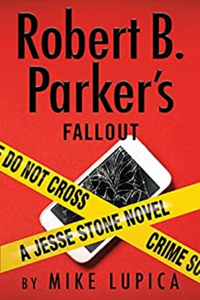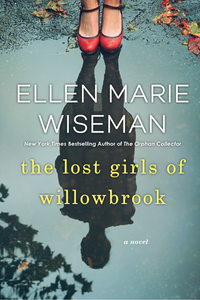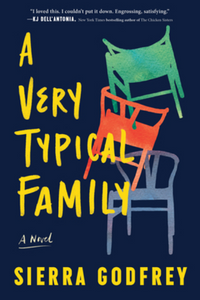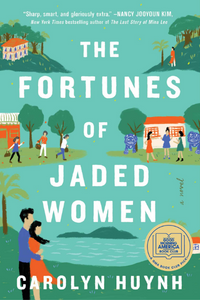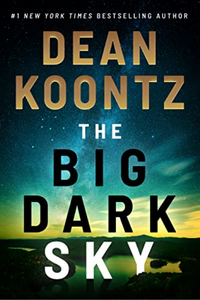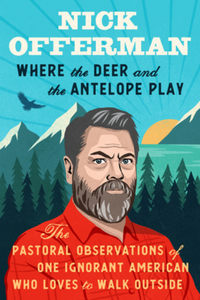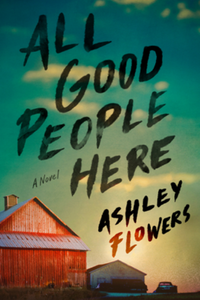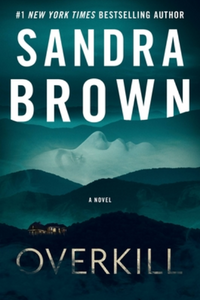Beginning with the tribes’ devastating loss of land and the forced assimilation of their children at government-run boarding schools, David Treuer shows how the period of greatest adversity also helped to incubate a unifying Native identity. He traces how conscription in the US military and the pull of urban life brought Indians into the mainstream and modern times, even as it spawned a new generation of resistance. The Heartbeat of Wounded Knee is an essential, intimate history – and counter-narrative – of a resilient people in a transformative era.
This first complete account of the Lakota Indians traces their rich and often surprising history from the early sixteenth to the early twenty-first century. Pekka Hämäläinen explores the Lakotas’ roots as marginal hunter-gatherers and reveals how they reinvented themselves twice. The Lakotas are imprinted in American historical memory. Red Cloud, Crazy Horse, and Sitting Bull are iconic figures in the American imagination, but in this groundbreaking book they emerge as something different: the architects of Lakota America.
In December 1866, tensions were rising in Wyoming, between the Native American tribes who had lived on the land for generations and the settlers who would destroy their home. Crazy Horse and his fellow Lakota hunters had been watching for months as Colonel Carrington and his army set up camp on one of the most crucial swaths of hunting ground in hundreds of miles, and began to build forts. A story of protection and betrayal, Ridgeline grapples with essential questions about who owns land: those who are born on it, or those who would kill to claim it.
When Lissa Yellow Bird was released from prison in 2009, she found her home, the Fort Berthold Indian Reservation in North Dakota, transformed by the Bakken oil boom. Three years later, when Lissa learned that a young white oil worker, Kristopher ‘KC’ Clarke, had disappeared from his reservation worksite, she became particularly concerned. No one knew where Clarke had gone, and no one but his mother was actively looking for him. Unfolding like a gritty mystery, Yellow Bird traces Lissa’s steps as she obsessively hunts for clues to Clarke’s disappearance.
Good Friday on the Rez introduces readers to places and people that author, writer, and entrepreneur David Bunnell encounters during his one day, 280-mile road trip from his boyhood Nebraska hometown to the Pine Ridge Indian Reservation to visit his longtime friend, Vernell White Thunder, a full-blooded Oglala Lakota, descendant of a long line of prominent chiefs and medicine men. This captivating narrative is part memoir and part history. Bunnell shares treasured memories of his time living on and teaching at the reservation.
The Earth Is Weeping is a sweeping, definitive history of the battles and negotiations that destroyed the Indian way of life even as they paved the way for the emergence of the United States we know today. Dramatically relating bloody and tragic events as varied as Wounded Knee, the Nez Perce War, and the Battle of the Little Bighorn. As the action moves, we encounter a pageant of fascinating characters and great native leaders such as Crazy Horse, Sitting Bull, Geronimo, and Red Cloud and the warriors they led.
This is the story of a Native American woman who effectively became the chief of an entrenched patriarchal tribe, the story of a woman who crashed through thick walls of ethnic, racial and gender prejudice, then spent the rest of her life using a unique bicultural identity to improve the lot of her people―physically, emotionally, politically, and spiritually. Joe Starita’s A Warrior of the People is the moving biography of Susan La Flesche Picotte’s inspirational life and dedication to public health, and it will finally shine a light on her numerous accomplishments.
Virgil Wounded Horse is the local enforcer on the Rosebud Indian Reservation in South Dakota. When justice is denied by the American legal system or the tribal council, Virgil is hired to deliver his own punishment, the kind that’s hard to forget. But when heroin makes its way into the reservation and finds Virgil’s nephew, his vigilantism suddenly becomes personal. He enlists the help of his ex-girlfriend and sets out to learn where the drugs are coming from, and how to make them stop.
In the 1920s, the richest people per capita in the world were members of the Osage Indian Nation in Oklahoma. After oil was discovered beneath their land, the Osage rode in chauffeured automobiles, built mansions, and sent their children to study in Europe. Then, one by one, they began to be killed off. One Osage woman, Mollie Burkhart, watched as her family was murdered. And it was just the beginning, as more Osage began to die under mysterious circumstances. Killers of the Flower moon is a true-life murder mystery about one of the most monstrous crimes in American history.






